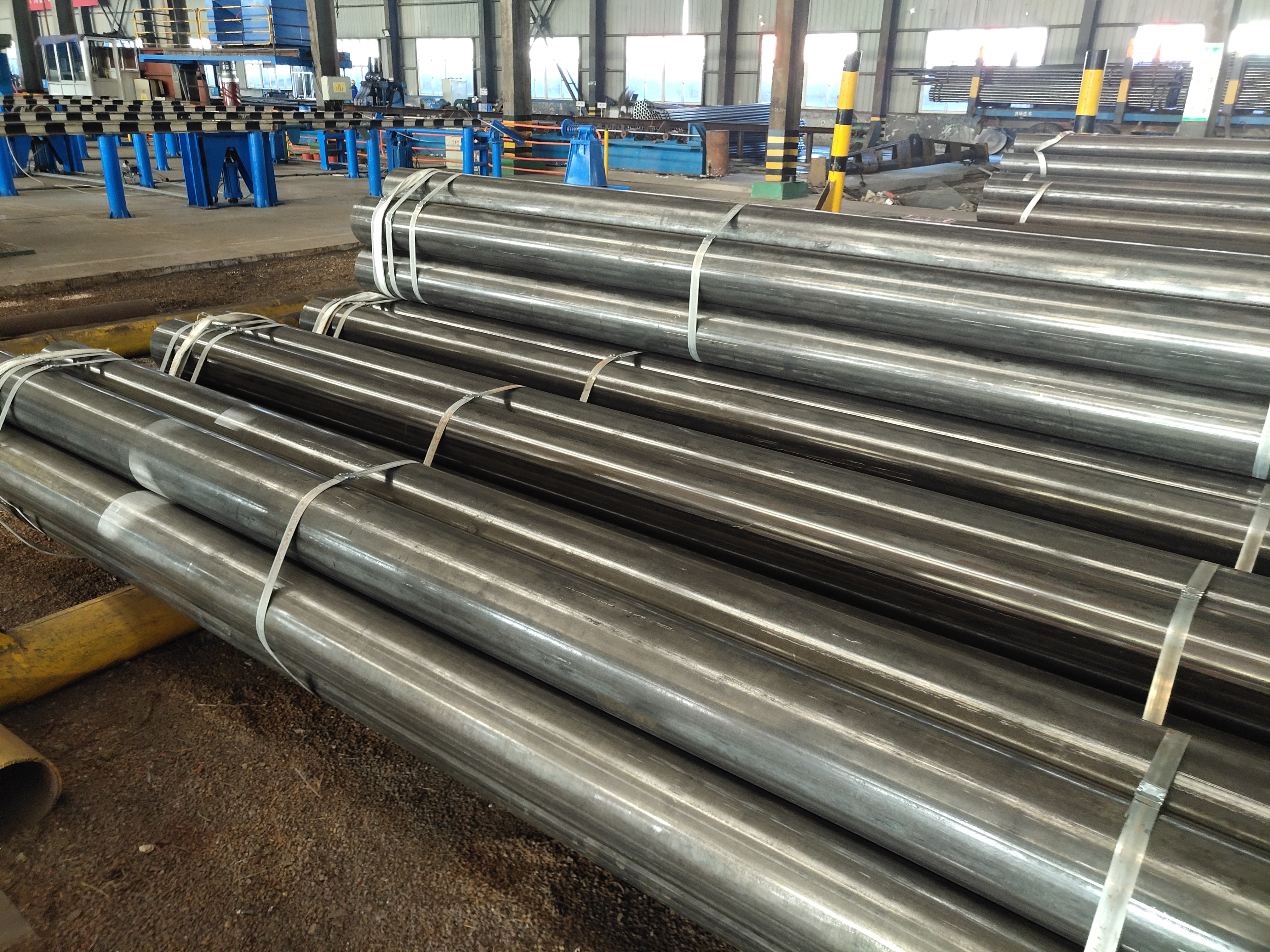Steel pipe refers to steel with openings at both ends and a hollow section, and its length is relatively large compared to the surrounding area. According to its production method, it can be divided into seamless pipe and welded steel tube. The specification of the steel pipe is represented by the external dimension and wall thickness, and its size ranges from a small capillary tube to a large diameter tube with a diameter of several meters. Steel pipes can be used in machinery industry, pipelines, thermal equipment, petroleum geological exploration, chemical industry, etc. After the steel pipe is produced, it should be tested whether its indicators meet the standards, and it can only be put into use after passing the test.
Steel pipe testing items include:
1. Dimensional accuracy: including the detection of dimensional accuracy such as outer diameter, wall thickness, and length, to ensure that the size of the steel pipe meets the requirements.
2. Chemical composition: Detect the chemical composition of the steel pipe, including carbon content, sulfur content, phosphorus content, etc., to ensure that the quality of the steel pipe meets the standard requirements.
3. Mechanical properties: Detect mechanical properties such as tensile strength, yield strength, and elongation of the steel pipe to ensure that the strength and toughness of the steel pipe meet the requirements.
4. Metallographic structure: Detect the metallographic structure of the steel pipe, including grain size, phase composition, etc., to ensure that the structure of the steel pipe meets the standard requirements.
5. Hardness: Detect the hardness of the steel pipe, including the surface hardness and internal hardness of the material, to ensure that the hardness of the steel pipe meets the requirements.
6. Surface quality: Detect the surface quality of steel pipes, including surface finish, scale, scratches, etc., to ensure that the surface quality of steel pipes meets the requirements
7. Magnetism: Detect the magnetism of steel pipes, including magnetic strength and magnetic direction, to ensure that the magnetism of steel pipes meets the requirements.
8. Corrosion performance: Detect the corrosion performance of steel pipes, including corrosion resistance and stress corrosion resistance, to ensure that the corrosion resistance of steel pipes meets the requirements.

Sampling specifications for steel pipe inspection:
1. Samples for chemical composition analysis of steel must be taken from representative parts of the steel. The samples must be uniform, fully representative of the chemical composition of each grade of steel, and should be of sufficient quantity.
2. Large section steel should be drilled parallel to the axis from the center of the steel cross section to the middle of the edge, or drilled from the side of the steel perpendicular to the center line of the axis. At this time, the height of the drilling hole should reach the axis of the steel or billet .
3. For small-section steel, chips should be planed from the entire cross-section of the steel, or drilled from the cross-section along the rolling direction.
4. Sample cutting for chemical analysis can be drilled and planed. The chips should be crushed and mixed well. Do not use water, oil or other lubricants when making and cutting, and the surface oxide scale and dirt should be removed.
5. When there is dust or oxide layer on the surface, it should be cleaned accordingly.
Steel pipe testing items include:
1. Dimensional accuracy: including the detection of dimensional accuracy such as outer diameter, wall thickness, and length, to ensure that the size of the steel pipe meets the requirements.
2. Chemical composition: Detect the chemical composition of the steel pipe, including carbon content, sulfur content, phosphorus content, etc., to ensure that the quality of the steel pipe meets the standard requirements.
3. Mechanical properties: Detect mechanical properties such as tensile strength, yield strength, and elongation of the steel pipe to ensure that the strength and toughness of the steel pipe meet the requirements.
4. Metallographic structure: Detect the metallographic structure of the steel pipe, including grain size, phase composition, etc., to ensure that the structure of the steel pipe meets the standard requirements.
5. Hardness: Detect the hardness of the steel pipe, including the surface hardness and internal hardness of the material, to ensure that the hardness of the steel pipe meets the requirements.
6. Surface quality: Detect the surface quality of steel pipes, including surface finish, scale, scratches, etc., to ensure that the surface quality of steel pipes meets the requirements
7. Magnetism: Detect the magnetism of steel pipes, including magnetic strength and magnetic direction, to ensure that the magnetism of steel pipes meets the requirements.
8. Corrosion performance: Detect the corrosion performance of steel pipes, including corrosion resistance and stress corrosion resistance, to ensure that the corrosion resistance of steel pipes meets the requirements.

Sampling specifications for steel pipe inspection:
1. Samples for chemical composition analysis of steel must be taken from representative parts of the steel. The samples must be uniform, fully representative of the chemical composition of each grade of steel, and should be of sufficient quantity.
2. Large section steel should be drilled parallel to the axis from the center of the steel cross section to the middle of the edge, or drilled from the side of the steel perpendicular to the center line of the axis. At this time, the height of the drilling hole should reach the axis of the steel or billet .
3. For small-section steel, chips should be planed from the entire cross-section of the steel, or drilled from the cross-section along the rolling direction.
4. Sample cutting for chemical analysis can be drilled and planed. The chips should be crushed and mixed well. Do not use water, oil or other lubricants when making and cutting, and the surface oxide scale and dirt should be removed.
5. When there is dust or oxide layer on the surface, it should be cleaned accordingly.









